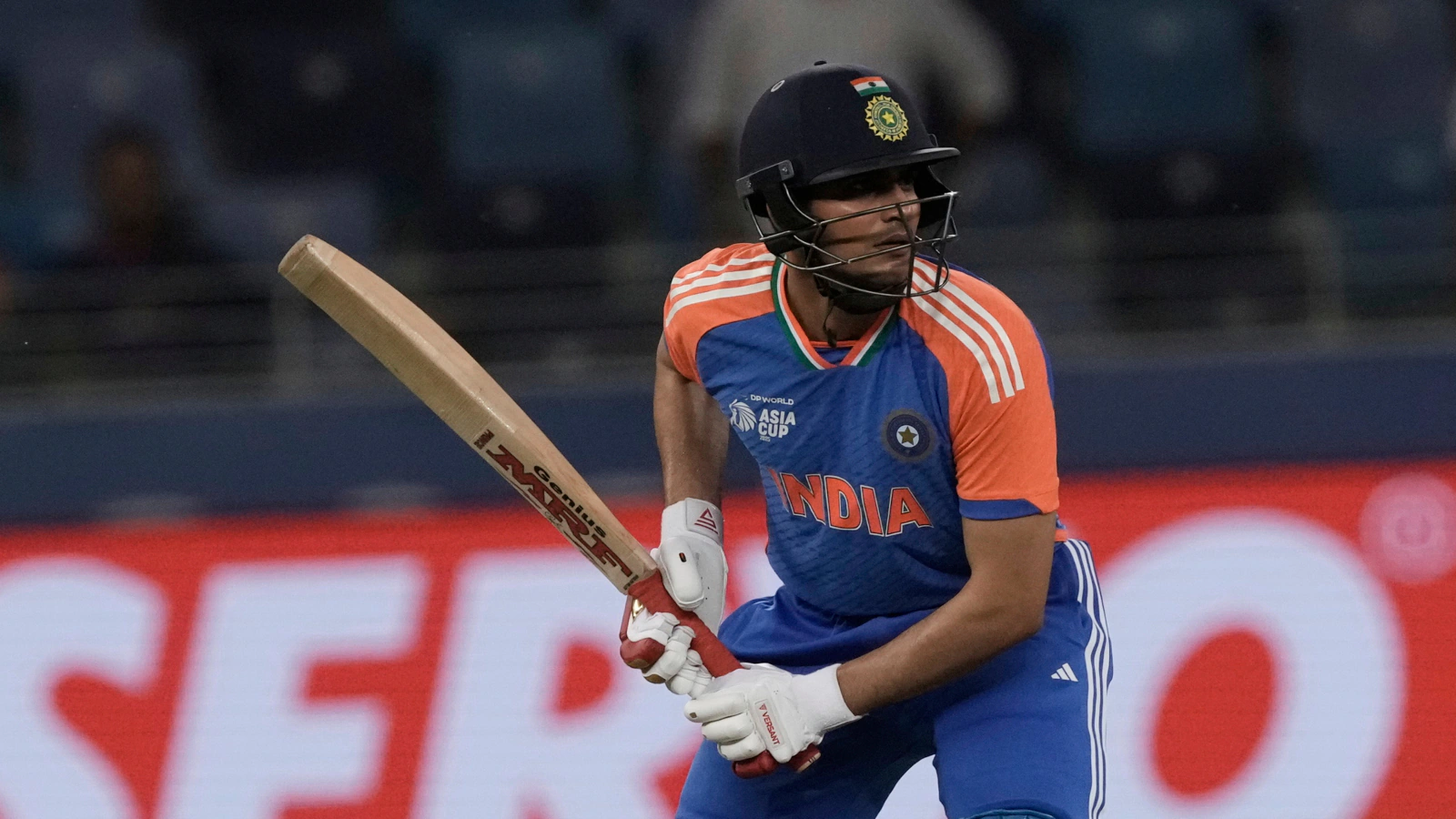
Let’s talk about dominance for a second. By July 23, 2007, Tiger Woods had collected 12 major championships in just nine years as a professional. Jack Nicklaus? He took 17 years to reach that same milestone. The numbers don’t lie, the momentum was insane, and golf history was practically begging to be rewritten. But one injury changed it all! What if that ruptured ACL never happened? What if Woods hadn’t injured his knee during that signature fist pump celebration at the 2007 PGA Championship’s eighth hole? The alternate timeline paints a picture of unprecedented dominance that would have reshaped golf forever.
Tiger Woods’s injury cascade: The brutal reality
Woods initially played through the torn ACL for eight months. The decision seemed logical at first. He was chasing Jack’s record and couldn’t afford extended breaks. However, this choice triggered a devastating cascade of physical problems.
ADVERTISEMENT
Article continues below this ad
His 2008 season started promisingly with a runner-up finish at the Masters. Two days later, he underwent arthroscopic knee surgery to clean out cartilage. The procedure seemed routine. Woods returned six weeks later for the U.S. Open at Torrey Pines. That week became both legendary and tragic.
Woods played 91 holes with two stress fractures in his left tibia and a completely torn ACL. He grimaced visibly after every shot. Nevertheless, he forced a Monday playoff against Rocco Mediate and won in sudden death. One week later, reconstructive ACL surgery ended his season. The procedure marked the beginning of a decades-long battle with recurring injuries that would define the remainder of his career. The recovery process proved brutal.
ADVERTISEMENT
Article continues below this ad
Woods spent eight months rebuilding his knee and swing mechanics. Meanwhile, compensatory movements stressed other body parts. His back began absorbing additional torque to protect the surgically repaired knee. The Achilles problems started in late 2008. Woods tore his right Achilles tendon but didn’t reveal the injury until the 2010 Masters. The damaged tendon created additional swing compensation. Soon, everything was breaking down simultaneously. By 2011, multiple injuries struck at once.
During the Masters, Woods suffered an MCL sprain and Achilles strain, hitting an awkward shot at the 17th hole. “The knee acted up, and then the Achilles followed after that, and then the calf started cramping up,” he explained after withdrawing from the Players Championship. The injuries forced him out for three months. The back problems emerged in 2012.
Years of compensatory swing changes had stressed his spine beyond its limits. At age 36, Woods withdrew from the WGC-Cadillac Championship with Achilles pain. His world ranking had plummeted to 18th. The real nightmare began in 2014. Back spasms forced Woods to withdraw from the Honda Classic’s final round. Subsequent MRI scans revealed a pinched nerve requiring microdiscectomy surgery. This marked the beginning of four back surgeries over three years.
Each procedure required months of rehabilitation. Woods missed the 2014 Masters for the first time in his professional career. The recovery timeline kept extending as complications arose. Simple movements became painful ordeals. The 2015 season brought two more back surgeries. Woods struggled to complete rounds when he did play. He missed cuts in three of four majors that year. His world ranking dropped to 292nd by year’s end. A third back procedure in October 2015 provided no relief. Woods returned to the same neurosurgeon for a follow-up procedure one month later. The interventions weren’t working. Pain medication became a constant companion.
The 2017 spinal fusion surgery was Woods’s last resort. The procedure involved inserting hardware to stabilize the vertebrae. Recovery required complete rest for six months. Woods couldn’t even sit in chairs for extended periods.
Tiger Woods’ alternative timeline: Dominance without end
What if none of these injuries had occurred? Woods would have maintained his 2007 pace throughout his thirties. His trajectory from 1997 to 2007 averaged 1.2 major championships per year. Continuing at even 75% of that rate would have meant 25-30 majors by retirement. This projection would have shattered Jack Nicklaus’ seemingly untouchable record of 18 major championships by a massive margin, establishing Woods as the undisputed greatest golfer in history.
The mathematical certainty becomes clear when examining his peak performance. Woods won five of his last six events in 2007 despite playing on a torn ACL. A healthy Tiger would have sustained this dominance through at least 2015.
Consider his actual tournament schedule. Woods missed approximately 150 tournaments between 2008 and 2021 due to injuries and recoveries. Each absence represented lost opportunities that could have reshaped golf history entirely. At his peak, with a winning percentage of 27%, those appearances would have yielded 40-45 additional victories. His PGA Tour win total would have reached 125-130, completely obliterating Sam Snead’s record of 82.
The major championship projections become even more compelling. Woods finished second or third in majors 19 times after his injuries began. During his prime, he converted 13 of 16 opportunities when holding 54-hole leads. A healthy Woods likely captures 12-15 of those near misses.
The 2009-2018 period would have looked dramatically different. Instead of heartbreaking close calls, Woods would have continued converting opportunities. The 2009 PGA Championship, where he lost despite leading after 54 holes, becomes another victory. His previous conversion rate in such situations was 93%.
What if his swing mechanics never changed? The natural power and precision that defined his peak would have remained intact. The compensatory adjustments that reduced his distance and accuracy would never have occurred. His practice regimen would have stayed consistent. Woods famously hit balls until his hands bled during his prime. Injury layoffs eliminated this dedication. A healthy Tiger maintains peak sharpness year-round.
The mental aspects would have differed significantly. Instead of managing pain and limitations, Woods could have focused purely on strategy and execution. The psychological burden of uncertainty about his body’s response would have been absent. Tournament preparation would have remained optimal. Woods wouldn’t have needed to arrive at events wondering if his back would cooperate. His pre-tournament practice sessions could have maintained their legendary intensity.
Recovery between rounds would have been routine rather than medical procedures. Woods could have focused on course management instead of pain management. The mental energy devoted to physical concerns could have stayed channeled toward competition.
Golf’s sustained golden era
What if Woods had remained healthy and dominant through 2020? The sport’s popularity would have maintained unprecedented levels rather than declining during his injury years. Television ratings consistently showed 40% higher viewership when Woods contended in majors. Golf participation likely would have reached 35-40 million Americans instead of dropping to 24 million by 2015. The Tiger Effect would have continued driving new players to the sport. Course construction would have accelerated rather than reversed after 2006.
Prize money growth would have sustained its 9.3% annual increases instead of reverting to 3.4% during Woods’ absence. The economic impact would have benefited every professional golfer through expanded purses and opportunities. International expansion would have exploded beyond current levels. Woods’ global appeal during his prime opened markets worldwide. Sustained dominance would have accelerated golf’s growth in Asia, Europe, and emerging markets.
Young players would have developed differently. Growing up watching consistent Tiger dominance would have raised competitive standards. The talent pool would likely be deeper with more players inspired by sustained excellence. Equipment innovation would have progressed faster. Manufacturers competed to create clubs worthy of Tiger’s game. His continued presence would have driven technological advancement at an accelerated pace.
The final verdict
The February 23, 2021, car accident eliminated any remaining possibilities. Comminuted open fractures in his right leg required rods, screws, and pins for stabilization. Even the most optimistic medical projections couldn’t overcome such devastating trauma.
ADVERTISEMENT
Article continues below this ad
Woods now sits at 15 majors and 82 PGA Tour wins. Without that 2007 ACL tear, both totals would have been distant memories. He would have shattered Jack Nicklaus’ record of 18 majors and Sam Snead’s mark of 82 victories by comfortable margins.
What if that single moment in 2007 had played out differently? Golf would have witnessed the most dominant athletic performance in sports history. Records would have been obliterated beyond recognition. Instead, we’re left with the greatest “what if” in competitive sports. The tragedy isn’t just personal for Woods. An entire sport lost its greatest ambassador during what should have been his most dominant decade. Golf history would have been rewritten completely if July 23, 2007, had been just another ordinary day.



